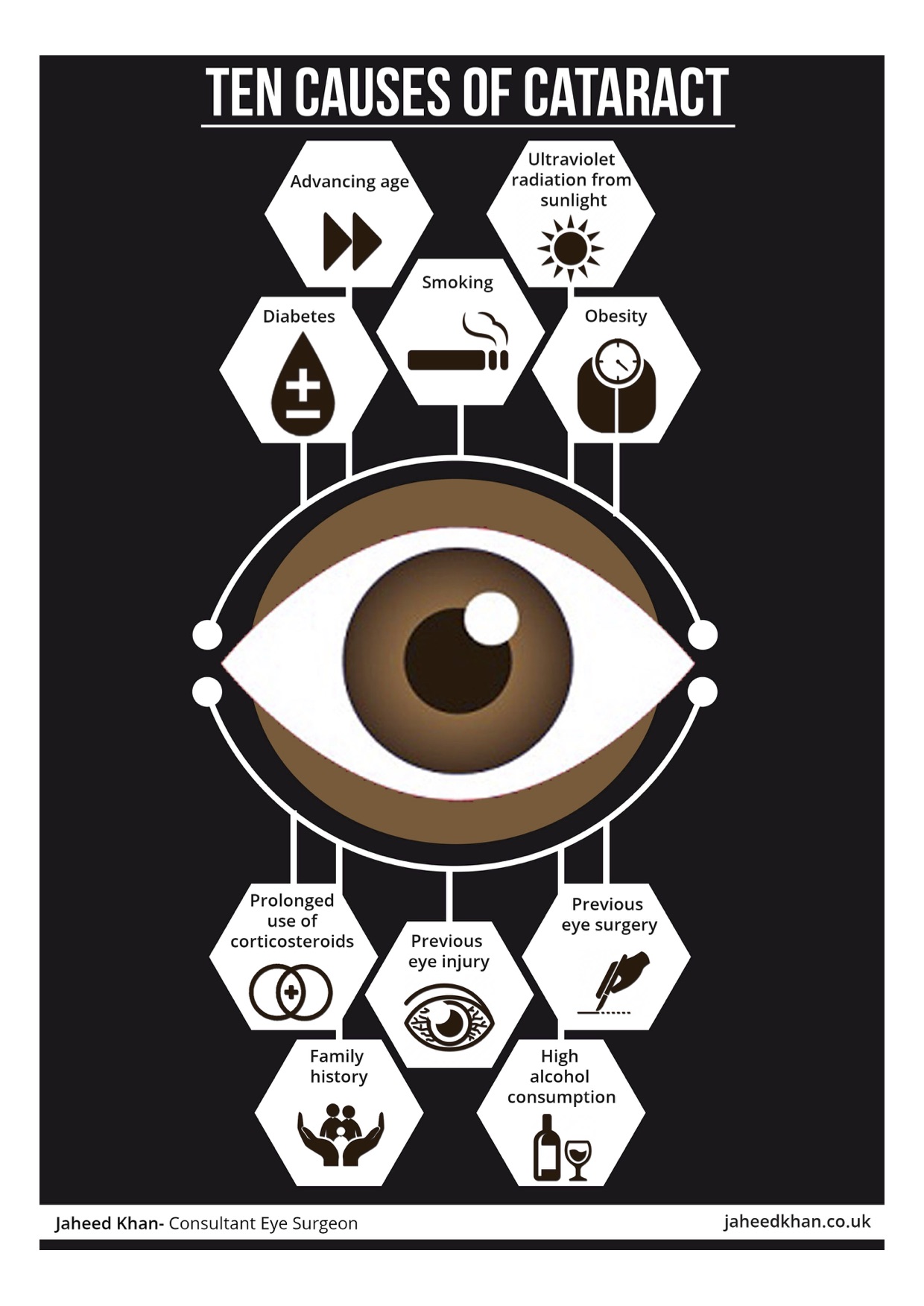The Growth Of Modern Cataract Surgical Procedure Approaches: A Comprehensive Assessment
The Growth Of Modern Cataract Surgical Procedure Approaches: A Comprehensive Assessment
Blog Article
Writer-Brask Humphrey
As you check out the development of innovative cataract surgery methods, you'll witness a journey noted by ingenuity and precision. From old methodologies that paved the way for modern-day advancements to sophisticated modern technologies that are reinventing the field, the thorough overview of cataract surgical treatment techniques is a testimony to human development and dedication to improving person results. The complex interaction in between historic techniques and futuristic advancements produces an interesting story that clarifies the development of among one of the most common surgeries worldwide.
Historical Methods and Developments
Discover exactly how very early surgeons revolutionized cataract treatment by employing innovative methods and devices. In the past, cataract surgery was a risky and unpleasant treatment. Nonetheless, old Indian doctors were among the very first to try surgical interventions for cataracts, utilizing a technique called 'formulating' where a sharp instrument was made use of to press the cataract back into the eye. This method, though crude by today's criteria, prepared for future advancements in cataract surgery.
As time progressed, Arab medical professionals made significant payments by establishing specialized needles for cataract extraction. These needles were used to puncture the cataract and afterwards extract it from the eye, noting a significant renovation in surgical precision.
Later, in mouse click the up coming article , the French doctor Jacques Daviel pioneered the method of extracapsular cataract extraction, where the whole lens was gotten rid of undamaged with a larger incision. cataract surgery what age noted a major advancement in cataract surgical procedure methods, leading the way for the contemporary procedures we utilize today.
Modern Surgical Approaches
Early strategies in cataract surgical treatment have actually developed substantially, bring about the development of modern-day surgical approaches that prioritize precision and boosted person results. Modern cataract surgery currently usually includes a procedure called phacoemulsification, where an ultrasonic device breaks up the cataract for elimination via a tiny laceration. This technique enables quicker recovery and reduces the danger of complications compared to older approaches.
In cataract surgery outcomes analysis , making use of innovative intraocular lenses (IOLs) has actually changed cataract surgical treatment results. These lenses can correct not just the cataract but likewise other refractive mistakes like astigmatism, decreasing the demand for glasses post-surgery.
Surgeons today also have access to advanced imaging technologies that aid in accurate preoperative planning and intraoperative decision-making. Optical comprehensibility tomography (OCT) and other imaging techniques offer in-depth pictures of the eye's structures, allowing for a more customized method to every individual's surgical treatment. With these advancements, modern-day cataract surgical treatment techniques remain to enhance, providing individuals more secure treatments and far better aesthetic end results.
Arising Technologies in Cataract Surgical Procedure
With improvements in innovation changing the field, cataract surgical treatment is experiencing the assimilation of cutting-edge strategies for enhanced client end results. Arising modern technologies in cataract surgical treatment are improving the landscape of ocular procedures. One such advancement is femtosecond laser technology, which enables specific corneal cuts, capsulotomies, and lens fragmentation, leading to improved surgical precision and results.
Additionally, intraoperative aberrometry is acquiring appeal, making it possible for real-time dimensions of refractive errors during surgical treatment to boost intraocular lens power computations and decrease postoperative refractive shocks.
Moreover, making use of innovative imaging innovations like optical coherence tomography (OCT) and intraoperative wavefront aberrometry aids surgeons in specific surgical planning and execution. These devices offer comprehensive physiological details and aid personalize surgical methods for every client's one-of-a-kind eye qualities.
In addition, advancements in artificial intelligence are being checked out to help in preoperative preparation, intraoperative decision-making, and postoperative treatment, possibly optimizing medical results and individual satisfaction. Accepting these arising modern technologies in cataract surgical procedure holds guarantee for further improving patient end results and guaranteeing the continued evolution of sensory medical methods.
Conclusion
As you trip via the background of cataract surgical procedure, you witness the change from ancient techniques to advanced modern technologies. Like a phoenix metro increasing from the ashes, cataract surgical treatment has actually advanced into a beacon of hope and technology.
Just as a caterpillar arises from its cocoon as a lovely butterfly, cataract surgical treatment has thrived into a refined art type, offering individuals clearer vision and a brighter future.
The advancement continues, radiating a light on limitless opportunities.
